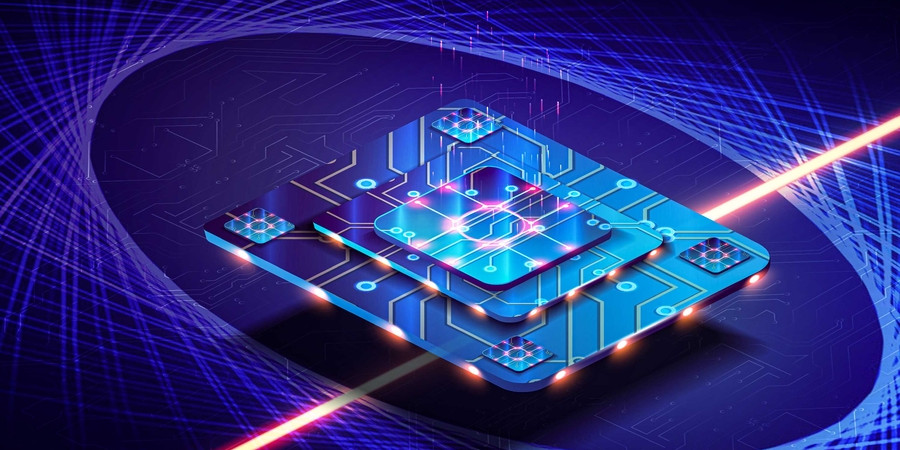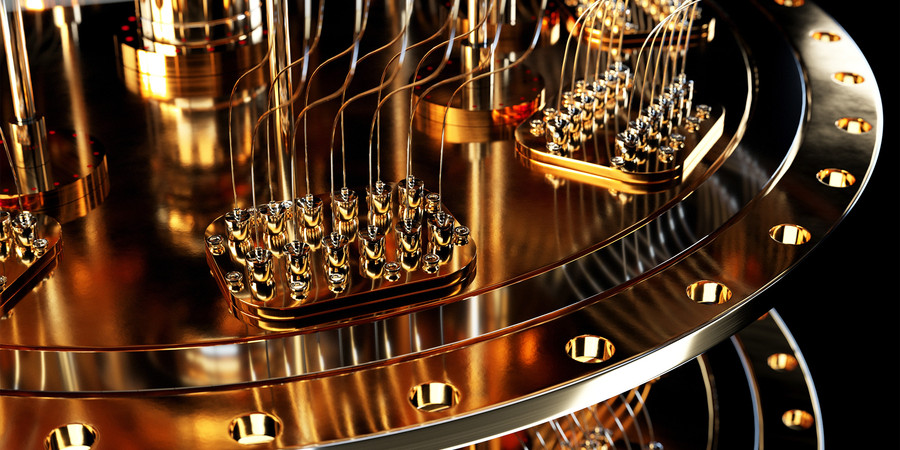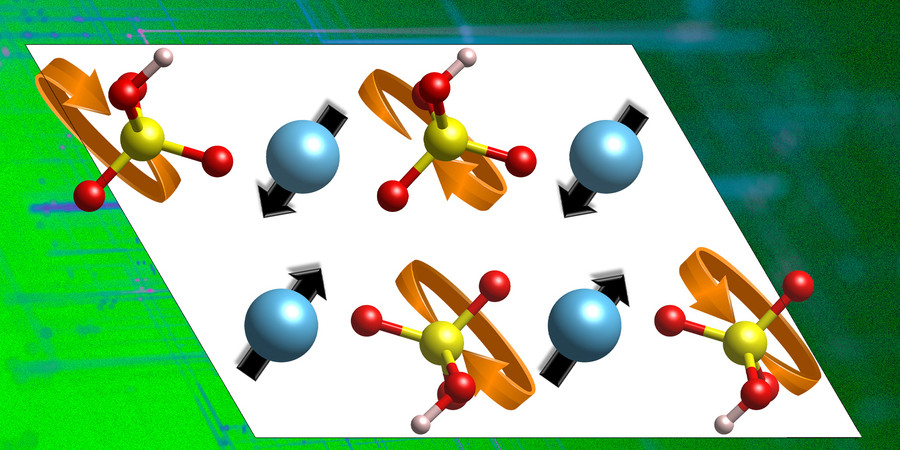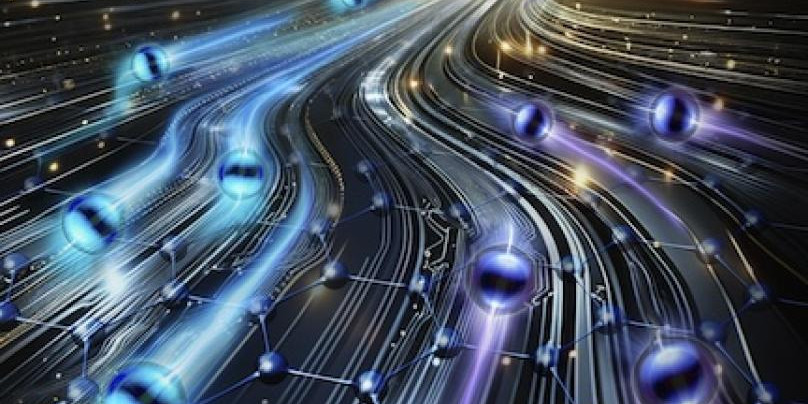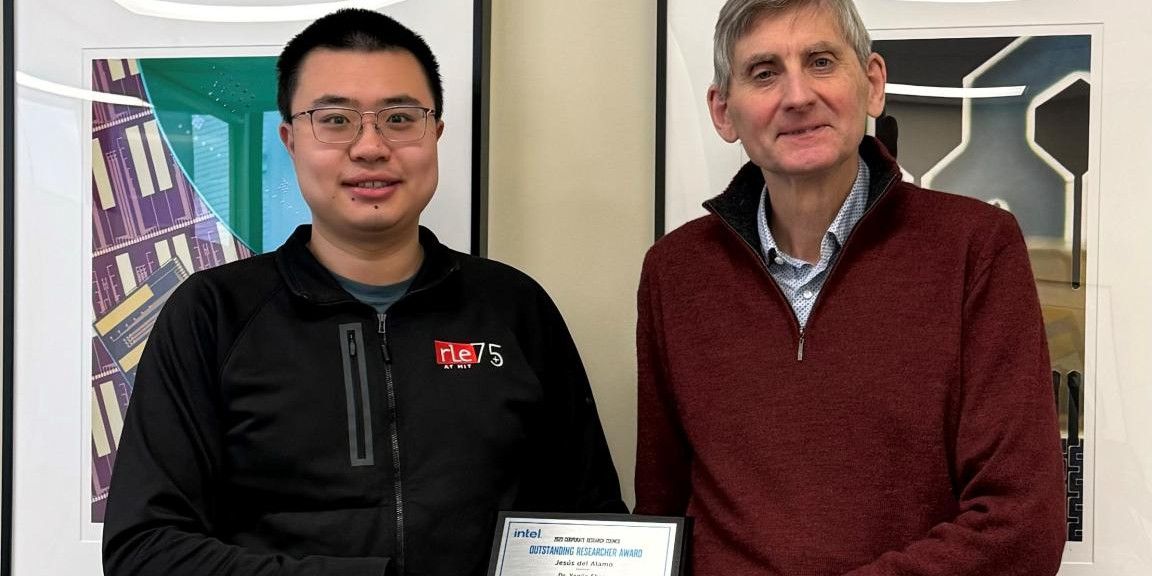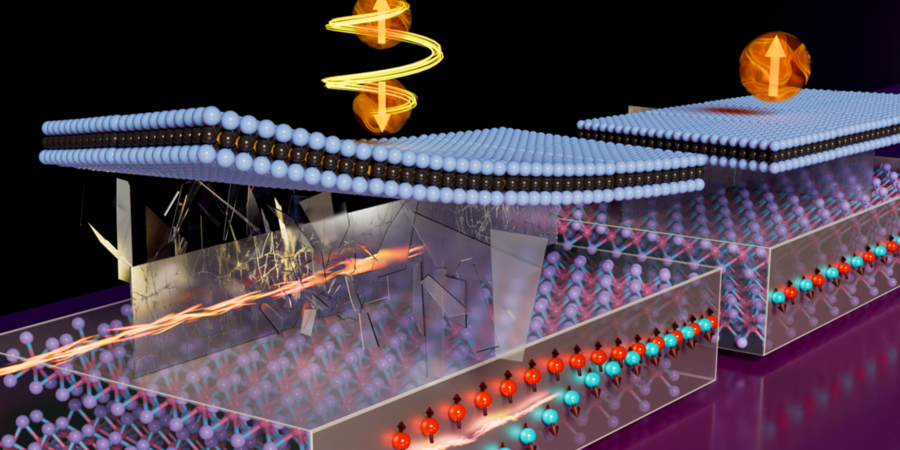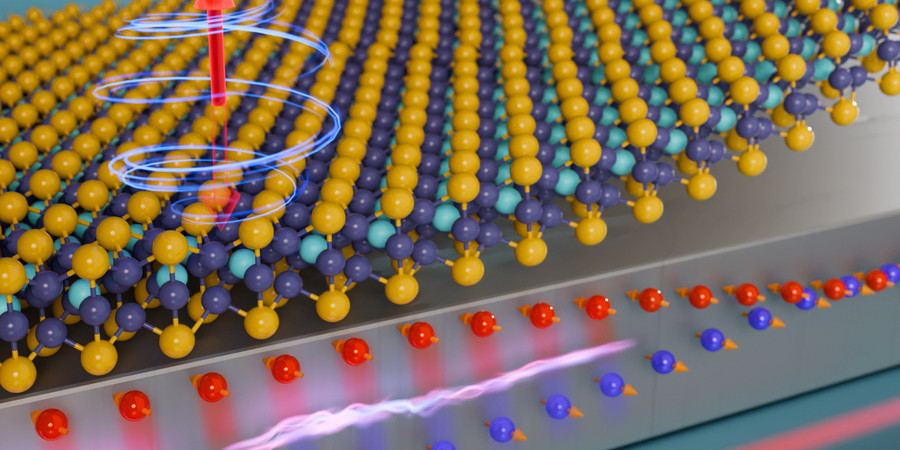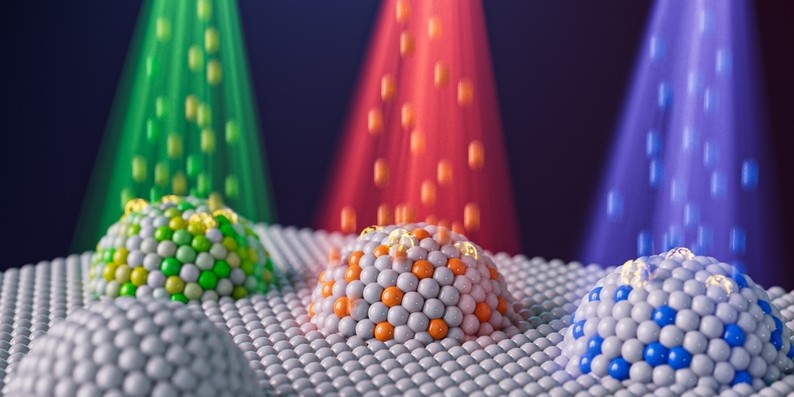2024 Mildred S. Dresselhaus Lecture: Understanding battery function—new metrologies, new chemistries, and new insights
Monday, November 18, 2024 | 4:00 - 5:00pm ET
Hybrid
Zoom & Huntington Hall (10-250)
222 Memorial Drive, Cambridge, MA
Nanoscale Transistors Could Enable More Efficient Electronics
Adam Zewe | MIT News
Researchers are leveraging quantum mechanical properties to overcome the limits of silicon semiconductor technology.
Toward a Code-breaking Quantum Computer
Adam Zewe | MIT News
Building on a landmark algorithm, researchers propose a way to make a smaller and more noise-tolerant quantum factoring circuit for cryptography.
Proton-conducting Materials could Enable New Green Energy Technologies
David L. Chandler | MIT News
Analysis and materials identified by MIT engineers could lead to more energy-efficient fuel cells, electrolyzers, batteries, or computing devices.
Physicists Create Five-lane Superhighway for Electrons
Elizabeth A. Thomson | Materials Research Laboratory
Work on the superhighway for electrons that can occur in rhombohedral graphene, a special kind of graphite, could lead to ultra-efficient electronics and more.
Yanjie Shao and Jesús del Alamo receive Intel’s 2023 Outstanding Researcher Award
Microsystems Technology Laboratories
They were selected for this award for their work on “Exploring the Limits of Vertical-Nanowire Tunnel Field-Effect Transistors in the Nanoscale.”
Propelling Atomically Layered Magnets Toward Green Computers
Media Lab
MIT scientists have tackled key obstacles to bringing 2D magnetic materials into practical use, setting the stage for the next generation of energy-efficient computers.
Researchers Harness 2D Magnetic Materials for Energy-efficient Computing
Adam Zewe | MIT News
An MIT team precisely controlled an ultrathin magnet at room temperature, which could enable faster, more efficient processors and computer memories.
Team Engineers Nanoparticles Using Ion Irradiation to Advance Clean Energy and Fuel Conversion
Elizabeth Thomson | Materials Research Laboratory
Combining the techniques, metal exsolution and ion irradiation, demonstrates control over key nanoparticle properties leading to better performance.
Analog In-Memory Computing for Deep Learning Inference
Wednesday, November 15, 2023 | 12:00 - 1:00pm ET
Hybrid
Grier A (34-401A)
50 Vassar Street Cambridge, MA



